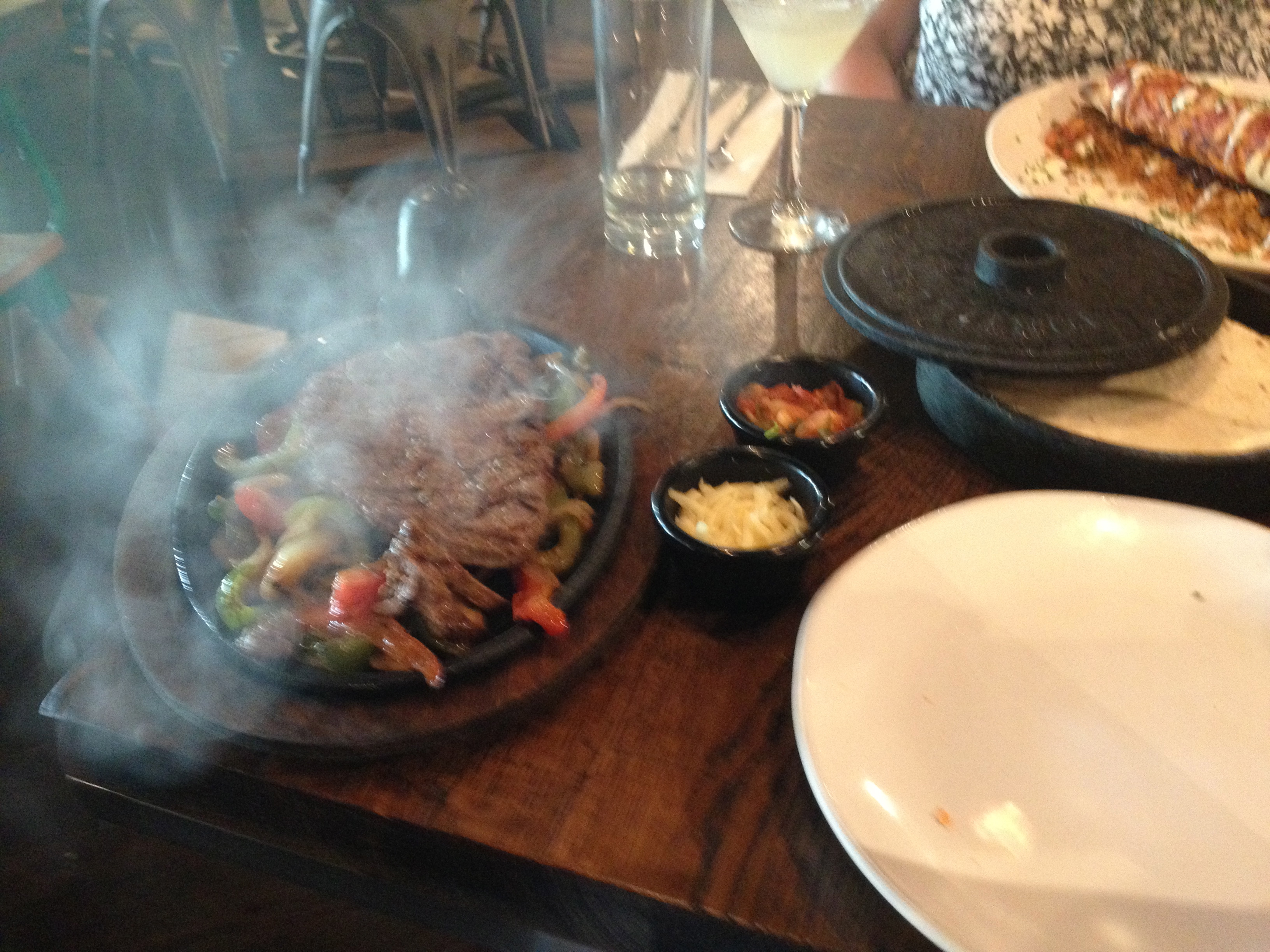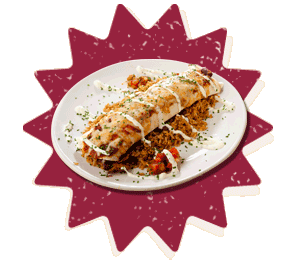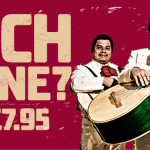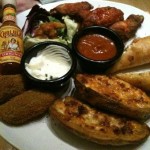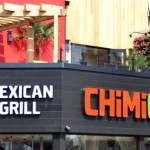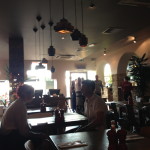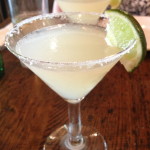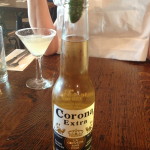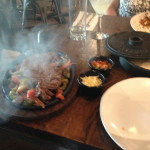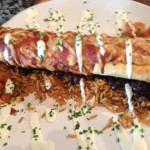Sadly, the information on Chimichanga’s surprisingly uninformative website (menus and online booking apart it is filled mostly with marketing guff that would not convince a child of 5) doesn’t give you the background on the company, but a quick Google reveals the chain to be owned by upmarket Italian chain Prezzo, which company is run by British career restauranteurs the Kaye family.
An interview with CEO Jonathan Kaye in Big Hospitality proves enlightening: “we are the only ones taking it to the High Street” he says of the Mexican cuisine sold by Chimichanga, though that is not strictly true. He also talks of the importance of understanding the cuisine, restaurant design and training staff properly, though the key talking points might have been missed. Still, I think it appropriate to see whether the factors on his recipe for a great restaurant stand up to scrutiny.
Regardless of Kaye’s philosophy, I had two principle reservations about Chimichanga (apparently Spanish for “thingamajig”) before I made a reservation. One concerns the Mexican food itself, which can indeed be delicious but is also a trifle hackneyed these days – almost an anglicised Chinese takeaway maybe?
But here we move on to the second issue: There is good, bad and indifferent in every branch of dining and every ethnic theme, but for a chain selling the sort of dishes associated with Mexico (as opposed to the dishes Mexicans actually eat) you might expect prices keener than they are.
For example, a plain, simple chilli at Chimichanga (the Mexican equivalent of sweet and sour pork?) sells for £9.95, where most pubs will do you much the same dish for £6 or less. What justifies the premium? Is it better quality chilli than you can get elsewhere? Not from what I saw, in fact it looked every bit as much like mass-produced chilli dressed up for the plate. A steak or prawn fajitas is a whacking £14.50 the sort of price you would expect to pay for a main at a gastropub making every dish from fresh top-quality raw materials than a buy-in-bulk-and-flog-at-a-markup chain.
In addition, they serve burgers, steaks, wraps and other grills, which invites comparison with Tutti’s “Tuscan Grille,” not 2 minutes walk away at Braintree’s Freeport retail estate. The actual ingredients of Mexican food are no more exotic, nor the recipes any more demanding than those you would find in a curry house; it’s not as if beef, chicken, avocados, chilli sauce, beans, tortilla wraps and sour cream are hard to come by.
In fact you can make these recipes at home for a fraction of the cost, so why would you pay those prices in a restaurant? Obviously because you were expecting something pretty special, not to mention original and startling! The mark-up is a product of the marketing of Chimichanga to present itself as an “up-market” chain, appealing to a more discerning audience, allegedly. However, restaurants should always be judged on for value for money, based on the strength of what you can buy for the same money, so Chimichanga had a lot to prove when I visited with my most demanding critics (my children) and a good friend.
Starting off with the restaurant design, of which Mr Kaye is so proud, I would not have described it as particularly Mexican so much as all-purpose restaurant designer latin. One wall was presumably intended as a complex weave of Aztec patterns but looked more like it was held together by Jenga blocks. The tables and chairs were solid enough, but I was not sold on the appearance of Chimichanga. However, there were two issues indicating to me serious deficiencies in the design process:
- Lighting: as we entered, people were eating at tables outside but our table was indoors, hard against the waitress station, and notably underlit. The lights did rise in due course but if the intended impact was to give a large and slightly cavernous restaurant more ambience it succeeded in making it gloomy.
- Acoustics: chains do appeal to families, so as we arrived it was encouraging to see several, plus a number of couples, already seated. As we ate our meal, more people appeared until the steady hum of conversation swelled into a cacophony. I struggled to hear things said by members of my party seated less than two feet away from me, which is never a good sign.
As for staff training, I have no idea how much they received but it would be difficult to put a finger on anything indicating the staff to be more or less than competent. They were quite acceptable but did not stand out by virtue of exceptional or friendly service. Indeed, they looked a little on the stressed side and made no real effort to engage us in conversation, talk knowledgeably about the food or do anything other than take orders and serve food. Maybe that is how they are trained to behave, but it is not the sort of premium customer service one would expect of a chain with aspirations to stand out from the crowd.
So, what of the food and drink, since Mr Kaye wants us to believe he understands the cuisine? Two classic margaritas were served in slightly diddy martini glasses, going some way to explain why they are charged at a more reasonable £4.50. Cranberry juice and Corona were decidedly pricier, but kept the troops happy. Our starter, a “Santa Fe Sampler” sharing platter was OK but perhaps failed to appear quite as exciting as its billing would suggest: “BBQ pulled pork and jack cheese quesadilla, Mexican chicken spring rolls, guacamole, pico de gallo salsa, chorizo and tortilla chips.”
Our main courses were functional but neither as vast nor as thrilling as some Mexican mains I’ve had elsewhere in the past. I chose the steak fajitas, which in the right hands is a piece of theatre in its own right. Once the steam had died down, this fajita turned out to be a very ordinary piece of flash fry steak griddled with onions and peppers, then served in the fajitas style in a self-assembly tortillas with salsa, guacamole, cheese and sour cream (all bought in bulk and ladled from the plastic tubs.) It was not exceptional in any way, tender but lacking any significant flavour and certainly not worth £14.50 of anyone’s hard-earned cash.
A Mexican paella, BBQ pork enchilada and piri piri chicken wrap were similarly competent but gave off the distinct impression of having been churned out by the thousand without passion but with every marketing button having been pressed. The food was, like the restaurant itself in the final analysis, merely a tool with which to extract our money and send us on the way – and soulless is the word that best sums up Chimichanga.
For me the chain mass production line destroys the illusion that the restaurant offers food with care and love, and definitely fails to offer either a great dining experience or, and this is the key to Chimichanga, value for an £82 bill with a few drinks, a shared starter and just one dessert. If I were asked to pay what I thought the meal was worth it would probably be somewhere between £40 and 50, and I’d also be pretty sure I could make better Mexican at home than served in Mr Kaye’s chain, which in my book is a pretty damning thing to say. If restaurants were paid according to our perceptions, that would hone their service delivery and quality of cuisine far more effectively.
Oh, and in case you were wondering, the answer to the price conundrum is essentially one of competition, since rival chain Chiquito is at a very similar price point. By no means accidental, any reasonable consumer might suppose, but clearly what both companies believe the market will bear. From the crowds flocking into their restaurant they would argue this strategy is successful. I’d argue that it will ultimately be its own downfall as soon as someone realises there is a better and cheaper way to feed the crowds. A tad ironic, given that Mexican is pretty much the cheapest form of dining out in America!

